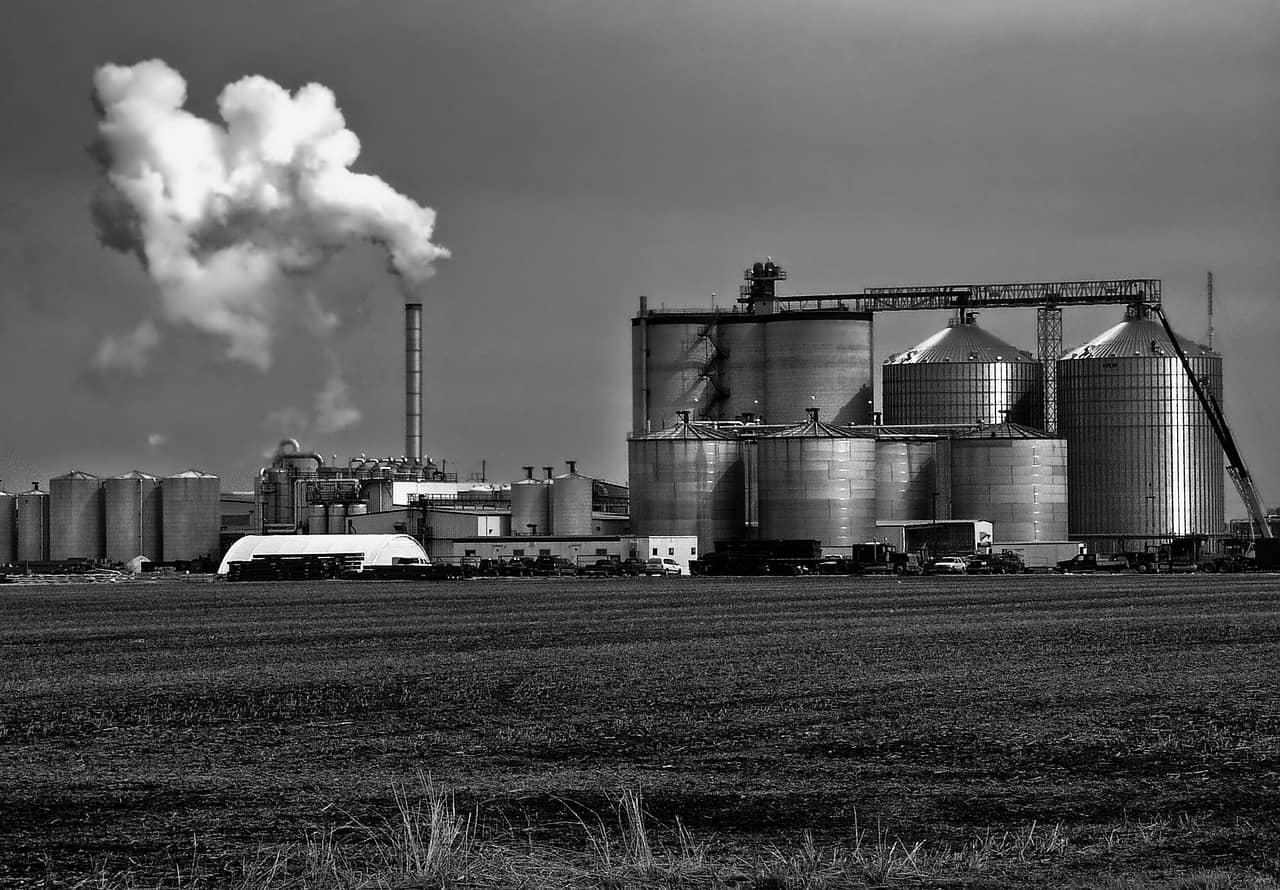
(NDAgConnection.com) – The “Fuel Ethanol Market By Source, By Product, By Application, By End Use Industry: Global Opportunity Analysis and Industry Forecast, 2021-2031” report has been added to ResearchAndMarkets.com’s offering.
The global fuel ethanol market size was valued at $86.0 billion in 2021, and is projected to reach $134.5 billion by 2031, growing at a CAGR of 4.61% from 2022 to 2031.
Fuel ethanol is ethyl alcohol that is used as fuel. It is most often used as motor fuel, mainly as a biofuel additive for gasoline. It is commonly made from biomass such as corn or sugarcane. Ethanol blended fuel is widely used in Brazil, the U.S., and Europe. Most cars on the road today in the U.S can run on blends of up to 10% ethanol, and ethanol represented 10% of the U.S. gasoline fuel supply derived from domestic sources. Some flexible fuel vehicles are able to use up to 100% ethanol.
Natural source ethanol is a form of renewable energy that can be produced from agricultural feedstock. It can be made from very common crops such as sugarcane, potato, cassava, and corn. There has been considerable concerts about its production and uses relate to increased food prices due to large amount of arable land required for crops as well as the energy and pollution balance of the whole cycle of ethanol production, especially from corn. Currently 93% of ethanol fuel is produced form natural source, while 3% from the synthetic source.
The presence of investments in the past decade and recent emergence of the importance regarding the impact of transportation sector on the environment led to the demand for the fuel ethanol market. The major developing nations are making progress toward climate goals for 2030 and are essential to unlocking the potential for fully zero-carbon by 2050 are major driving factors for the growth of the market during the forecast period.
The major factors that hamper the development of the fuel ethanol are mainly due to the restrictions of the insufficient presence of feedstock and the presence of less efficiency conversion of biomass. In addition to this, this market also faces problems in regards with less number of refineries, which are unable support the ever-growing surge in the demand.
